Walk around Japan and you'll run into one in minutes: the vermillion arches that signify entrance into the sacred ground of a Shinto shrine. Shinto is, by most counts, a set of beliefs about the natural, human, and spiritual world and how they are intertwined. This relationship has a long history in Japan, and earns Shinto a place alongside Buddhism as one of the country's most popular national religions: as many as 80% of the Japanese population acknowledge belief in Shinto tenets.1
During my time in Japan, the orange-red torii gates at shrine entrances always inspired a sense of awe, growth, and power. It almost seemed like the gate's beams went deep into the earth and extended out like tree roots, interconnecting Japanese soil with Japanese history.
For that to be true, it also meant the gates were deeply connected with the ugliest period of Japanese history: the racist, fascist expansionism of the Japanese Empire of the early twentieth century. During this time State Shinto, a government-run iteration, changed the way people practiced the religion and impacted modern interpretations to this day.
When I walked to a Shinto shrine and bowed to the spirits (kami 神) resting inside, was I betraying the memory of those in places like Korea, China, and the Philippines, who suffered at the hands of Imperial Japan? The answer is not so simple.
State Shinto Beginnings
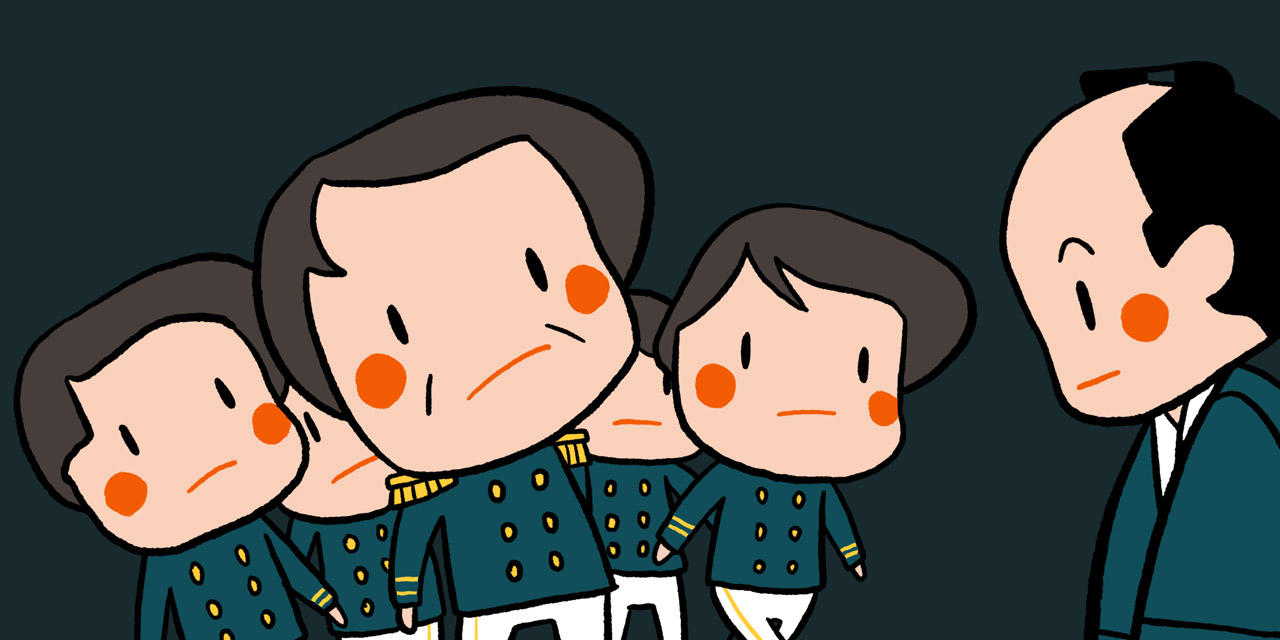
1868 marked the beginning of the Meiji era in Japan. It was a time of extraordinary upheaval. Until then, Japan had been isolated from the rest of the planet. After an armed confrontation with American ships, the Japanese were eager to modernize. A farming state with a disorganized military, weak industrial infrastructure, and an uneducated mass population, Japan came down with a severe case of envy. They wanted the power they saw in Western states. That meant industry, which meant education and trade.
But Imperial Japan had a problem. On the one hand, the Japanese Empire looked to Western governments as models. They wanted trade agreements and respect on the international stage. On the other hand, they hated the West's beloved Christian missionaries. After all, the Meiji state was organized around the Emperor's divine lineage. They also weren't content with capitalism, communism, or fascism (the three big ideological choices of the 20th century). Instead, they wanted something that worked in a very Japanese way.
The entire modernization project would rely on the idea of the Emperor as a direct descendant of the Sun Goddess. To believe in Shinto, which was rooted in the history of Japan, you'd have to extend that belief to the state.
So they came up with their own way of fitting things into a specific Japanese concept. The entire modernization project would rely on the idea of the Emperor as a direct descendant of the Sun Goddess. To believe in Shinto, which was rooted in the history of Japan, you'd have to extend that belief to the state. The Emperor, descended from Amaterasu, would become the living center of Japanese culture and politics. And so State Shinto was born. But there was a problem: those pesky Christian missionaries.
Early on, Japan resisted outside religions, but it became a major sticking point in signing treaties with many Christian European governments. Modernization would rely on opening doors to a legion of missionaries preaching the gospel of Christ, which, in turn, could spread the belief that the emperor was a false idol. What's an Imperial government to do?
The Empire Changes the Game
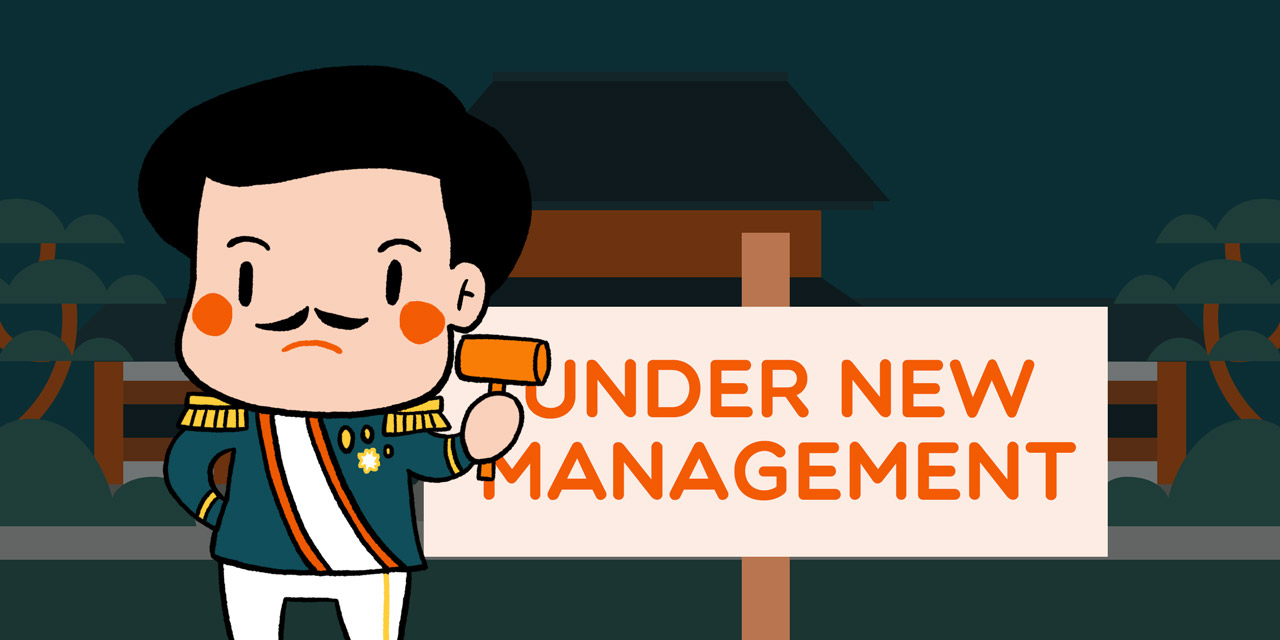
- 宗教(しゅうきょう)
- religion
Japanese scholars and politicians eventually hit upon a solution, which reflected Japan's cultural moment and offered a condescending welcome to Western religion.
After the Meiji restoration allowed freedom of religion (in 1871), Christian missionaries showed up. That's when Japan began to define "religion" as mostly foreign (Christian) ideas. Before, "religion" had been roughly the same word for "teaching" (kyou 教), but Christian ideas were distinguished as shuukyou 宗教, with a more personal connotation. This was in contrast to Shinto, which was built around ancient works that blended mythology into historical events. These books, The Kojiki, Nihon Shoki, and the Engishiki, were nonetheless presented as factual histories of Japan. Because these books formed the foundation of both Shinto and Japan's history, the two were closely intertwined. Shinto was a mythological rendering of history, but that historical view was never really called into question.
A quick perusal of these texts might raise some eyebrows about their objectivity. For example, from the first chapters up to the birth of the first "human" emperor, Jimmu, you might wonder if the books weren't pushing an agenda. Remember, these texts presented a lineage of Emperors that descended from the Sun Goddess and the God of Storms. As historical texts go, they may not have been the most reliable.
"Shinto is the factual history of Japan," said the Meiji loyalists. "It's right there, in the history books. But it's fine if you guys want to have your little Christian or Buddhist stuff on the side, or whatever."
Japan was able to claim freedom of religion while forcing people to practice Shinto because Shinto was not considered a religion.
They may not have literally said this, but what they did literally say was that Shinto was "a unity of government and teaching … not a religion."2 They also said you could practice whatever religion you wanted, so long as it never interfered with your obligation to the state.
See what they did there? Japan was able to claim freedom of religion while forcing people to practice Shinto because Shinto was not considered a religion. A Meiji Restoration memorial declared Shinto "was not a religion, because religions are the theories of their founders," and Shinto's role was to teach "the traditions of the Imperial House, beginning in the age of the Gods and continuing through history … Teaching and consolidating these traditions for the masses is inseparable from government, related as are two wheels of a cart or two wings a bird."2
In other words: To study Shinto's rituals, stories, and practices, was to study and revere the history and ideology of Imperial Japan. And that history was about to get a lot more complicated.
State Shinto Shrines Become "Educational"
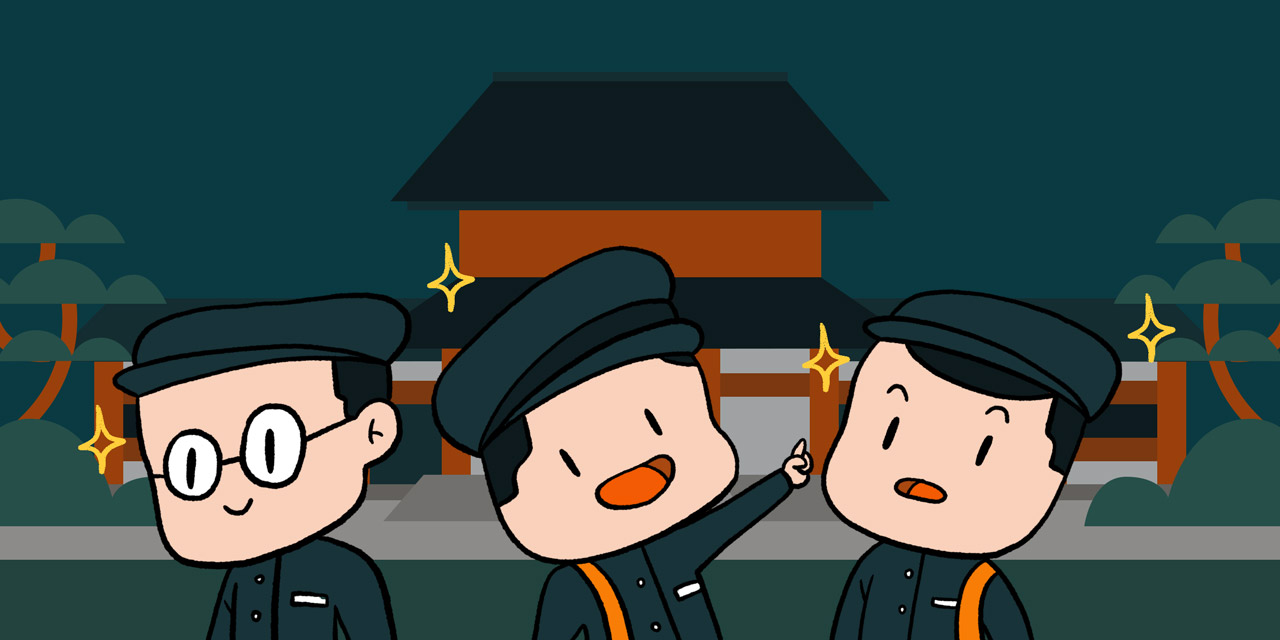
During this time, shrines were the place you'd go to practice Shinto teachings. To simplify the point, think of it as the Pledge of Allegiance on steroids. The Pledge is a ritual. It mentions God, it does all of these things that many Americans consider a binding and unifying civic practice. But at the end of the day, we don't consider it a religious ceremony, just a patriotic one. Attending a Shinto shrine and bowing to the image of the emperor was re-characterized in the same vein: this is what you do to cultivate patriotism and connection to your state. It's religiously tinted, but isn't a religious practice in and of itself.
That's because, for the ideologues of the time, religion was only concerned with the afterlife. By the state's definition, Shinto wasn't concerned with that kind of stuff. If you wanted a funeral, you usually went to the Buddhists anyway.
Now, not everyone was on board with this. When this notion was first presented in the 1870s, a lot of intellectuals called the whole thing weird. Fukuzawa Yukichi, whose face now stares at you from the 100,000 yen bill, called the movement to re-categorize Shinto as non-religious an "insignificant" movement at the time, and plenty of people argued that stripping Shinto from a religious context corrupted it. After all, lots of ghosts and spirits hang out at Shinto shrines, and always have. When you visit a shrine and pray, you're usually praying to the spirit of a fox, or a stone, or a tree. Sometimes, you pray to ask the fox to look after the dead. There was undeniably a lot of "belief" in Shinto.
Another thorn: until the Meiji Restoration, the Emperor was never really central to those basic Shinto beliefs. The Emperor was a big deal, sure. But at the start of the Meiji era, only 20 out of 124 Emperors had their own shrines. The Emperor's divinity was akin to the divinity of a very tall tree, one of a great number of powerful spirits. During the Meiji era, the state tried to make it the central tenet of Shinto.
So in 1881, Yamada Akiyoshi, Minister of the Interior, created distinctions between Shinto priests and Shinto instructors. The priests could handle all the religious hoopla, and the instructors would be trained to represent and oversee the "real stuff," that is, the rituals of the state. Those rituals included most of the ceremonies dedicated to the emperor, and reverence for the emperor, which would rapidly escalate by the end of the war.
State Shinto instructors were trained by the government and placed in the education system. Field trips to government shrines were mandatory, and instructions on proper ritual practice were required.
Imperial Japan went ahead and rearranged the bureaus that managed religious affairs, giving Shinto its own "department." Everything else (including Buddhism) got tossed into the "other" category, which was reserved for religions. And from that point on, as the Japanese empire expanded, the Meiji government vehemently denied that the emperor's divine lineage was a matter of belief. Over time, Shinto would be subject to quite a lot of obscure bureaucratic wrangling, none of which is particularly interesting (unless you're into the renaming government agencies). The key takeaway is the government made it increasingly difficult for religious practitioners of Shinto to actually practice religious Shinto. They broke shrines up into two categories: Those with state functions and those with "other" functions.
Increasingly, the government favored shrines for state functions, leaving religious Shinto empty-handed. So the religious shrines did what they could to survive. With a combination of financial and social pressure, the government managed to shoehorn its new vision of Shinto into existing religious Shinto. For religious Shinto to survive, it had to merge with shrines that had government purposes.
This was tantamount to a hostile takeover of religious Shinto. State Shinto instructors were trained in government schools, then placed at various levels of the educational system. Field trips to government shrines were mandatory, and instructions on proper ritual practice were explained and required. Yet, because Shinto wasn't a "religion," this compulsory set of practices was completely compatible, in the Government's argument, with religious freedom in Japan.
Religious Shinto, Interrupted

There were a few humiliating demands made on the religious Shinto priests, not the least of which was limiting the use of the Shinto torii gate to state-sponsored shrines. The torii gate is the symbol of Shinto - it appears on maps to mark the location of shrines, much as a cross might mark a church. The gates themselves mark the transition out of the everyday world and into a sacred space.
For a rough American parallel, imagine if only certain denominations of Christian churches could display a cross. Then imagine if the only church allowed to display that cross also happened to be the one arguing Christianity wasn't technically a religion.
When the torii gate that marks a ceremonial entryway to sacred ground was taken away, it also sent the message that non-State shrines weren't sacred spaces. The old religious shrines were suddenly part of the profane world, and only the State was sacred.
That wasn't the end of it. Shrines with long histories were transformed from celebrating local heroes, legends, or natural spirits to celebrating whatever had propaganda value to the state. So the shrine that paid respect to a powerful tree for a hundred years would suddenly be paying respect to a war hero with no connection to the original shrine.
Finally, in 1906, the Imperial government announced it would only provide funds for one shrine per village3. That one shrine usually reflected state interests.
You might think Shinto would have experienced a revered or elevated status during this time, but instead, it was blighted and under siege. During the Meiji era's most aggressive wartime expansion, 80,000 local shrines disappeared4, consolidated into those that followed state guidelines. (For some perspective, that's the total number of Shinto Shrines in Japan today.)
The old religious shrines were suddenly part of the profane world, and only the State was sacred.
Those that remained were banned from providing sermons or performing funerals. Priests were thrown into prison for performing religious Shinto ceremonies.
The government had created a new idea of Shinto, pretending it was a more accurate reflection of historical Shinto. Shrines had always respected the emperor, but he was never really central to their functions. By the end of the war, respecting the emperor was pretty much the only thing they did.
All of this had an enormous impact on Shinto, and Japan, as we know it today. Not because Imperial Japan's fascist legacy is still part of Shinto, but because of the way that legacy was, finally, stripped away.
"The Shinto Directive" and the End of State Shinto
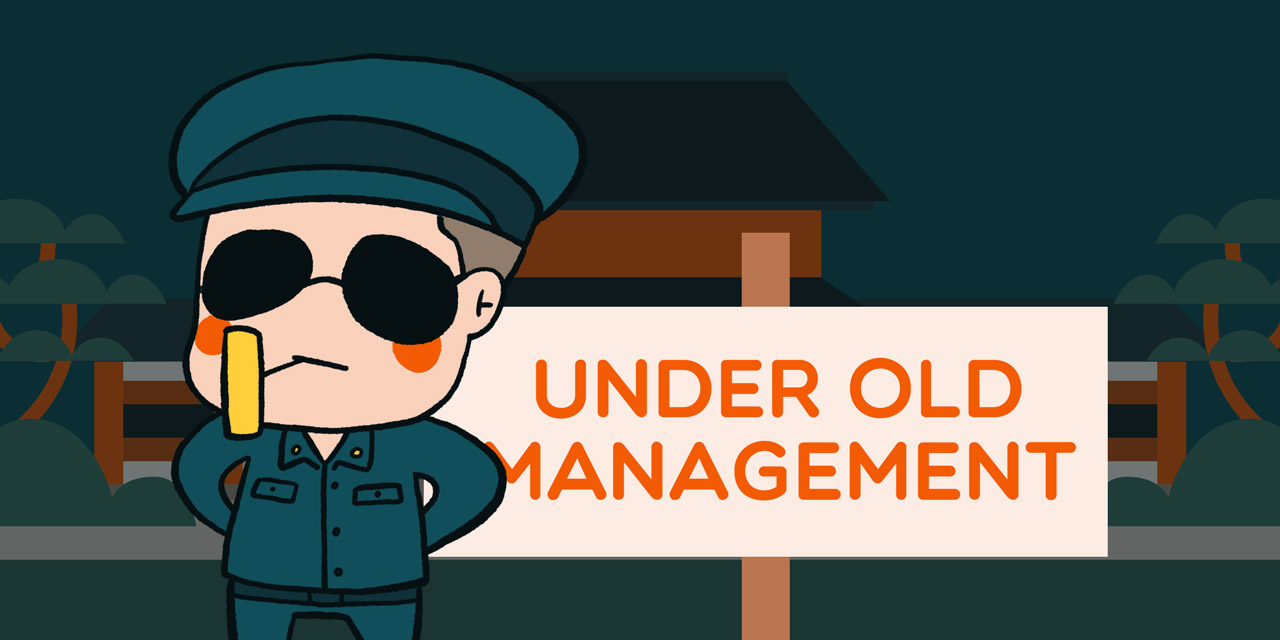
In September 1945, Japan surrendered. The United States General Headquarters, led by General Douglas MacArthur, was responsible for forging a new government in Japan. General MacArthur and his allies knew they couldn't ban Shinto if they wanted freedom of religion in Japan – a bedrock of their desire for Japanese democracy.
Emperor Hirohito was announcing he was not a divine being in human form. Across the territories formerly occupied by Japan, people were threatening to set fire to the Shinto shrines built by the Imperial regime: more than 400 in Korea alone. MacArthur had to do something.
The State Department's solution was an elegant bit of comeuppance. After decades of the Imperial government claiming freedom of religion through the loophole of their "non-religious" Shinto, the US banned those practices for the exact same reason: because they were non-religious. The US identified a set of practices the Imperial government had introduced to Shinto, and declared them off limits. They distinguished the government's "ritual" Shinto from religious Shinto, and then effectively banned non-religious Shinto.
State Shinto officially ended with "The Shinto Directive." This official order defined what the US saw as ideologically motivated practices and gave a name to them: State Shinto. These practices were outlawed as a "perversion" of religious Shinto. After the Shinto Directive, nobody was forced to go to shrines or bow to images of the Emperor. Priests were allowed to preach and perform funerals again, and the state was banned from supporting Shinto rituals.
There's a lot of murkiness around this designation, and plenty of controversy in the world of Shinto historians. Many reject it outright as an American invention. Lots of conservatives want to restore the emperor to the center of Shinto practice. Lots of pacifists and leftists want to strip him even further away, which is why there are always controversies around state visits to Yasukuni Shrine, or religious ceremonies performed by the Emperor. That's why there's contention when the emperor's family has a wedding or a funeral.
In spite of this controversy, Ise shrine is run by members of the Imperial Family and is headquarters of the Association of Shinto Shrines. This organization still advocates reverence for the emperor.
"The Shinto Directive," identified what the US saw as ideologically motivated practices. These were outlawed as a "perversion" of religious Shinto.
In 2013, Prime Minister Shinzo Abe attended the rebuilding of Ise Shrine, which is dismantled and rebuilt every 20 years. He was the first prime minister to attend this ceremony since 1929. Shinto still has a special meaning among right-wing politicians and activists in Japan, and Abe is part of the Shinto Seiji Renmei, an organization trying to reunite Shinto and the Japanese government. Notably, the current Emperor isn't all that interested in being "restored."
As a result of all this, Shinto shrines today, many of which are content to stay outside of politics, are struggling to keep up. Since government funds can't flow to shrines, most rely on donations from visitors and the sale of amulets and incense. There are also only 20,000 Shinto priests running 80,000 Shinto shrines. Many of these shrines are deep in the forest or on the sides of mountains, marking sacred spots that inspire beauty and awe. But their remoteness also makes it difficult to raise funds.
And there are some lingering effects of State Shinto ideology. Consider that there are few who subscribe to Shinto as a "religious" belief in Japan. And those who visit the shrines far outnumber those who declare a belief in the "religion" of Shinto. This might tell us that the "areligious" understanding of Shinto set up by State Shinto has remained embedded in the culture as a whole, well beyond the restoration of its religious status by the Occupation authorities.
Your Own Shinto
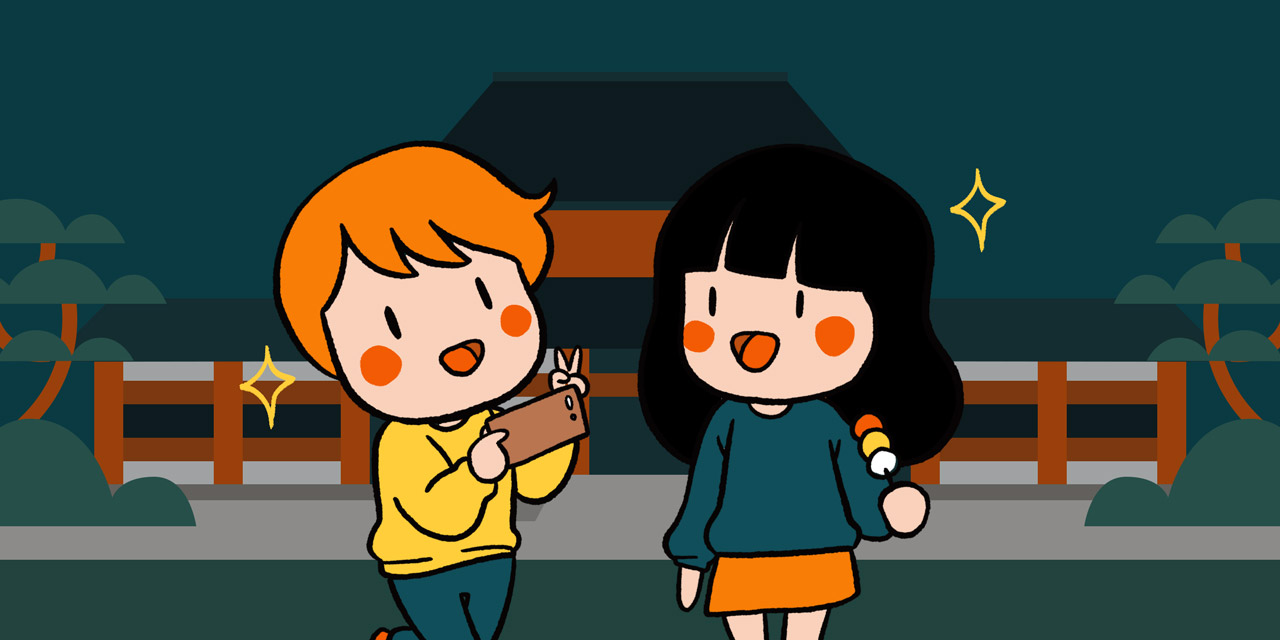
Which brings me to my own weird stage of understanding Shinto outside of its political history. For me, it's easy to set Shinto's military application as a corruption of a beautiful set of practices and admittedly loosely tied ideas about nature, spirits, and our role in the natural world. It's a religion that focuses on awe, and on the cultivation of life, growth, and focus. Shinto shrines were a reminder, to me, to stop and appreciate the forces that created my surroundings.
In the end, it's up to you to decide if Shinto today carries out a legacy of Imperial Fascism, or if there's been a "restoration" to an apolitical practice. Shinto is deeply ingrained into Japanese culture, and so, too, is much of its unfortunate history. The answer may even vary from shrine to shrine, or priest to priest.
Like any religion, or cultural practice, treat it with respect. Understand that Shinto is hyperlocal, with many different interpretations, and try to scratch beneath the surface of the shrine you're visiting. Find out what spirit is housed behind the wooden platform before you bow. Whatever you discover, you'll have a more meaningful and engaged cultural experience.
-
Inscribed in a memorial to the state in 1874. Source: Hardacre, Helen (1991). Shintō and the state, 1868–1988, Page 66 ↩ ↩2
-
Hardacre, Helen (1991). Shintō and the state, 1868–1988 ↩
-
Shimazono, Susumu (2005-12-01). "State Shinto in the Lives of the People: The Establishment of Emperor Worship, Modern Nationalism, and Shrine Shinto in Late Meiji" ↩
